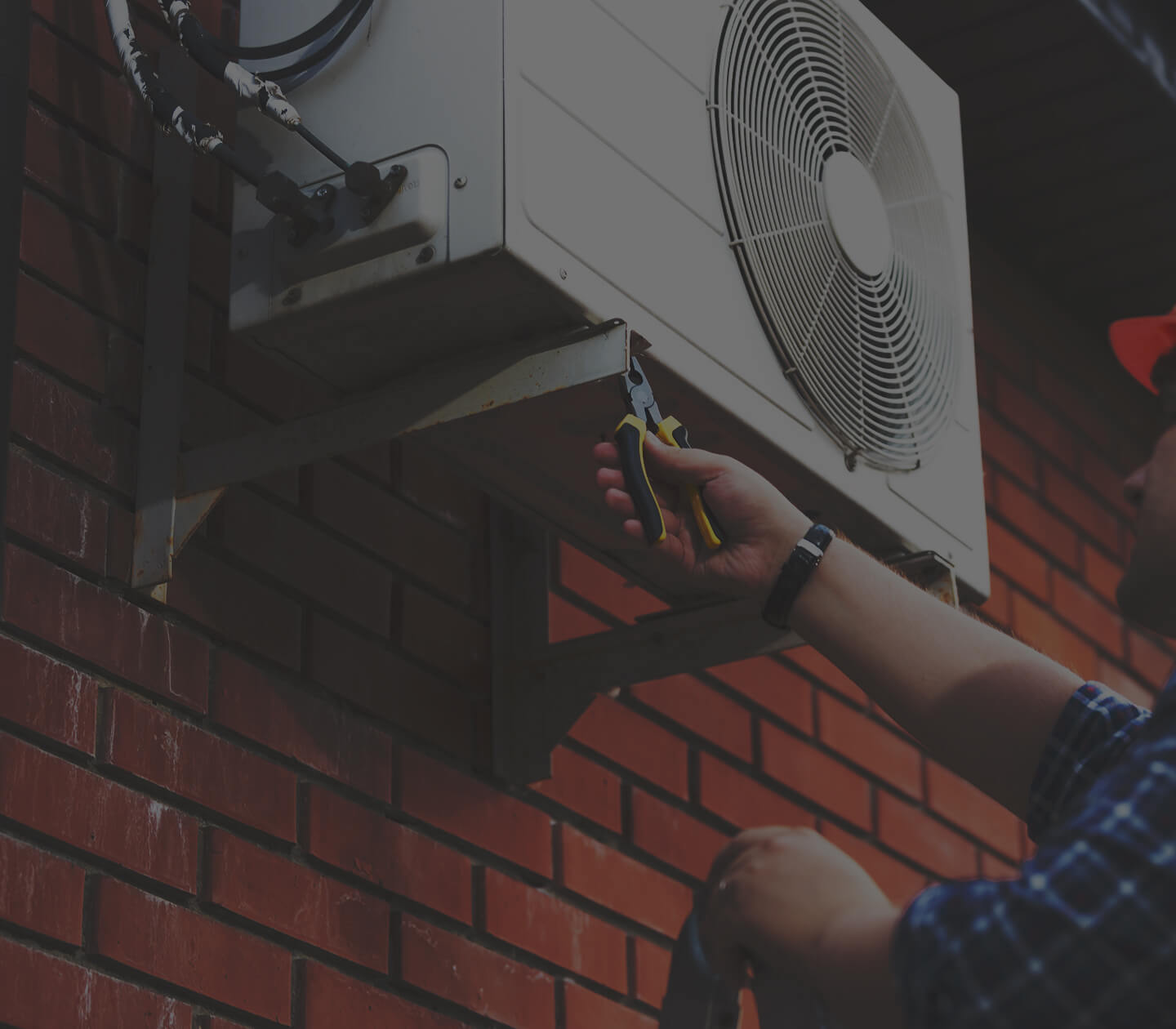About half the homes in the United States utilize natural gas-fired furnaces for heating. A gas furnace is a sturdy appliance with a long expected service life—it’s not uncommon to find units over 20 years old still on the job. Because gas heating has a long history, mass production of gas-fired furnaces by established manufacturers also helps keeps the costs of brand new units relatively low and installation simplified.
Not For The Do-It-Yourselfer
As with any heating or cooling system, however, furnace problems may occur over the long natural lifespan of any unit. Some are simple, some are complex and some are signs that its time to upgrade to a new furnace, ASAP. While certain very basic troubleshooting to resolve furnace problems such as changing an air filter and checking thermostat settings are an acceptable DIY project, furnace diagnosis and repair should strictly be left to the skill and expertise of a qualified HVAC technician. Safety is a critical issue here: gas-fired furnaces generate dangerously high temperatures at the open-flame burner as well as produce toxic combustion byproducts including deadly carbon monoxide gas. For the well-being of your home and family, consult a trained, certified professional for furnace repair.
The list of typical furnace problems are familiar to any experienced technician, though symptoms may vary according to individual make and model. Here are ten common furnace problems as well as some of the typical causes a professional HVAC technician will investigate:
1. Neglected Maintenance.
Many furnace problems including malfunctions and breakdowns—as well as chronic issues like poor heating performance—can be avoided in the first place with regular preventive maintenance by a qualified technician. The annual furnace tune-up includes a checklist of manufacturer-recommended preventive maintenance procedures as well as a close-up inspection of all functions to detect any developing issues before they turn into an even bigger expense and inconvenience. If your furnace is still under warranty, annual preventive maintenance by an approved HVAC contractor is usually required under the terms to keep the warranty in effect.
2. Increasing Operating Costs.
If your monthly gas expenses are getting higher every year during the heating season, your furnace may be consuming too much fuel. Declining efficiency can be simply a function of age. A gas furnace is a combustion appliance and, though moving parts are relatively few, wear and tear from repetitive heating and cooling cycles gradually affects critical components. A general formula is that a furnace loses about 1% of its AFUE (Annual Fuel Utilization Efficiency) rating for every year of operation. Therefore, the energy efficiency of a standard AFUE 80% unit will decline to 70% by the time it’s a decade old, accompanied by a commensurate increase in gas consumption and operating costs.
3. Poor Heating Performance.
Running the furnace longer but getting less heat? Often this is an issue of low airflow. Proper supply and return airflow volume is required to circulate the amount of BTUs of heat required for the square footage of your home. If the system air filter hasn’t been changed recently, install a new one and keep changing the filter at least every other month. If performance doesn’t improve, contact your local qualified HVAC contractor. A failing blower motor is another potential airflow issue as well as problems with ancillary systems such as leaky ductwork that’s allowing hot air to escape into the attic, crawl space or other unconditioned zones.
4. Ignition Problems.
If the furnace burner simply doesn’t light when the thermostat signals it, the issue could be a faulty ignition system. Older gas furnaces and some new ones incorporate a standing pilot light to ignite the main burner. If the pilot flame goes out frequently—often caused by a defective thermocouple—the burner won’t ignite. Most newer furnaces have electronic igniters. Over time, these may fail due to defective wiring or circuitry.
5. Defective Thermostat.
Old-school mercury-style thermostats are manual units that incorporate metallic springs that weaken and contact switches that become unreliable over time. This may cause the thermostat to actuate at the wrong temperature—or not at all—and/or to run the furnace for overly long cycles. Consider upgrading now to an electronic programmable thermostat. You’ll save money with more consistent indoor temperature control and free your family from the daily need to change thermostat settings to meet the time of day. Utilized properly, a programmable thermostat can save enough in lower operating costs to pay for itself after the first year.
6. Strange Noises.
Some sounds are common as a furnace cycles on and off. The muffled booms and bangs of metal ductwork expanding and contracting as it heats and cools is normal, though annoying. However, squeaky or screeching sounds when the furnace cycles on usually means a failing blower motor or bearing. Unusually loud roaring sounds when the burners are lit indicates a combustion problem that should be reported to a qualified HVAC contractor immediately.
7. Furnace “Short Cycles”.
If a unit cycles on and off rapidly many times per day, failure of an internal component is one probable cause. A flame sensor incorporated in the unit may not be properly sensing the burner flame and turning the unit off prematurely. Professional service may include cleaning the flame sensor and, if the problem doesn’t resolve, replacing the sensor unit. Another cause of short cycles may be a furnace that is overheating and triggering the high temperature limit switch that shuts the burner off. This is a safety issue that requires professional service.
8. Furnace Is Improper Size.
In this case, “size” refers to the BTU output of the unit. Furnace output of a given model must be the proper size to accommodate the BTU requirements of the home. Oversized and undersized furnaces waste energy and under-perform in providing indoor comfort. Resolving sizing issues requires upgrading to a new furnace after getting a sizing calculation performed by a qualified HVAC contractor to accurately determine the home’s heating load.
9. Some Rooms Too Cold, Other Rooms Too Hot.
Have you closed heating vents in certain unused rooms to lower heating costs? This can upset the careful airflow balance throughout the entire system, causing rooms nearer to the furnace to be too hot while rooms furthest away may be too chilly. Closing air vents doesn’t save money, in any case, as the furnace frequently runs unnecessarily long cycles and burns more gas to compensate for airflow and heating imbalances.
10. Defective Heat Exchanger.
If an HVAC technician discovers a damaged or deteriorating heat exchanger, that fact alone usually means it’s time for a new furnace. This critical safety component keeps system airflow separate from deadly carbon monoxide gas produced in the combustion chamber. A cracked or corroded heat exchanger usually means the furnace is unsafe to operate and must be shut down. Because the heat exchanger is the most expensive single component in the furnace, replacing it in an older unit is usually not a financially viable option. Upgrading to a new furnace is indicated.
For qualified service to resolve furnace problems that impact your household comfort as well as your monthly expenses, contact the heating professionals at TemperaturePro Columbus.


